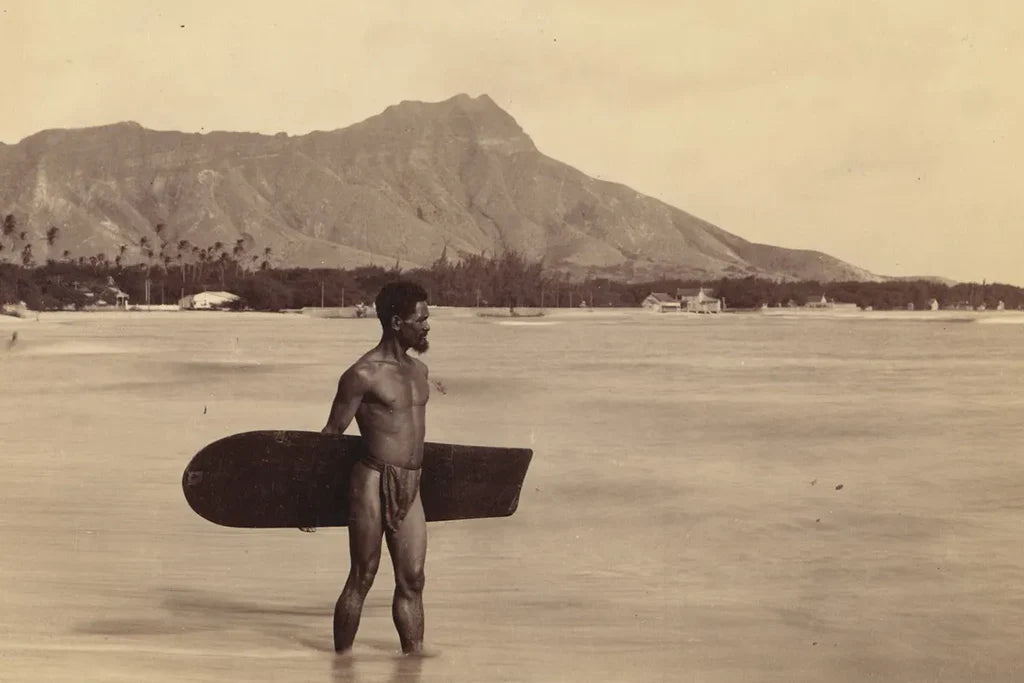History of the Camping Trailer
Inspired by the Romani’s caravans, travel trailers have become an American staple
The origin of travel trailers can be traced back to the Romani people in Europe. As showmen, they spent most of their lives in horse drawn caravans that contained living quarters. The world’s first upscale trailer was built in 1880 for Dr. William Gordon Stables, an author.

Around 1910, camping and caravanning rapidly grew in popularity with the rise of inexpensive automobiles. Camping became a popular vacation for middle class families finally able to afford cars. A couple years later, motorhomes became a smart investment for campers who didn’t enjoy dealing with setting up a new campsite at each destination.

It wasn’t until the early 1920s that camping and motorhomes spread in earnest in the United States. While motorhomes became popular, people had two qualms: you could not disconnect the camper and drive the car alone and second, motorhomes were large, limiting driving to large roads.
Thus, the travel trailer was born. Early adopters were endearingly called “tin can tourists,” but, by the 1930s and 1940s, trailers became more functional and widely accepted. Today, RVs and travel trailers have become a staple for many American families. In 2021, total RV shipments reached over 600k while towable trailers reached 544k.





